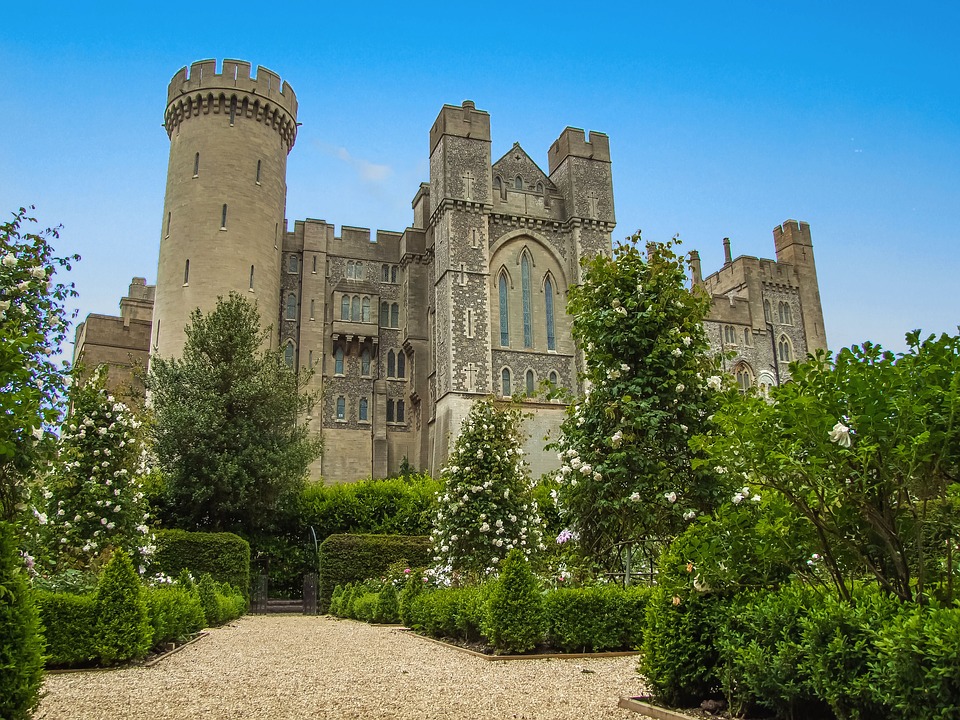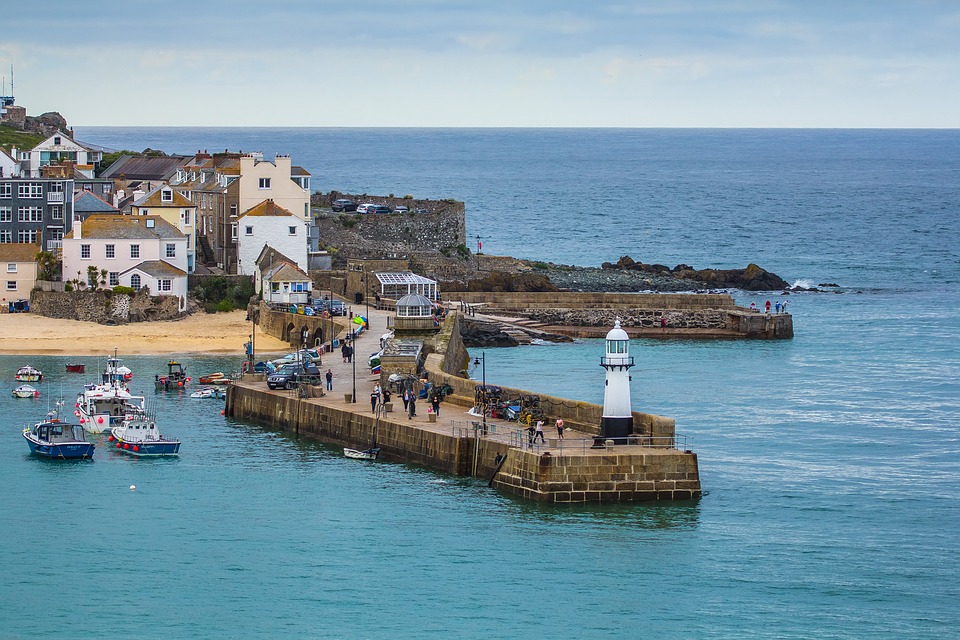Holiday let mortgages continue to grow in availability with the number of mortgage deals available tripling since 2020, according to Moneyfacts. This figure is also up by a quarter since September 2021, showing the rapid growth that is still happening in this sector of the UK mortgage market. With this increase in the availability of holiday let mortgages, investor confidence is also growing with Hodge Bank reporting a rise of 173% in holiday let mortgage applications.
The growing numbers interested in UK holidays or ‘staycations’ are likely responsible for the rise in holiday let mortgage options as holiday let properties become increasingly popular among UK expat and foreign national investors responding to the surging demand for this type of let.
Contact us today to speak with a specialist Holiday Let Broker to discuss how we can assist you
Holiday Lets an Excellent Option for UK Expat and Foreign National Investors
‘One good reason to choose a holiday let over a more traditional buy-to-let property is that a holiday let could be more profitable than a long-term let’ says Stuart Marshall. ‘Holiday lets can command higher prices – so much so that a week of renting a holiday let can earn as much as a month of renting a long-term let. This means that the national average rental yield for a holiday let is predicted to rise to 14% by 2022. Meanwhile, the average rental yield for a long-term let is 4.77%, with even the highest current average rental yield standing at 6.92% (Newcastle). This puts in perspective just how profitable a holiday let can be when purchased using a UK expat or foreign national holiday let mortgage.’
‘Further, there are some great tax benefits to be had from a holiday let property. The most obvious of these is the ability to claim mortgage interest tax relief which is now denied to most landlords. Further, any running expenses (such as bills, maintenance costs and the replacement of furniture) can also be claimed as tax expenses and the property will often be eligible for business rates instead of council tax. Of course, the property must also satisfy some rules to reap the maximum benefits. For example, new rules surrounding holiday lets require the property to be rented out for a minimum of 70 days a year and available to let for 140 days a year in order to be eligible for small business rates relief. However, with the right property in the right area, this shouldn’t be hard to achieve.’
Holiday Let Hotspots in the UK
For UK expat and foreign national investors looking to invest with a UK holiday let mortgage, there is a wide range of choice available for where to buy. There were a number of holiday let hotspots where prices have jumped dramatically in the past 12 months and these areas will likely be areas on interest when it comes to consumer demand. Therefore, investors who buy in these areas increase their chances of reaping strong returns and making sure that their property is let for as many days as possible.
Cornwall.
Amongst the most popular locations for UK holidaymakers and holiday let investors is Cornwall. Home to some of the most incredible landscapes in the UK, Cornwall is a constant draw for those looking for a staycation. Consequently, Cornwall is also an incredibly popular destination for investors utilising UK expat and foreign national holiday let mortgages.
Padstow has always been a popular town for UK holidaymakers, famous for its concentration of fantastic restaurants and as a retreat for those with second homes, which also contribute to the high prices in the area. Cornwall is, by far, one of the most expensive locations for investing using a holiday-let mortgage, with the average asking price in Padstow sitting at £658,588 according to Rightmove – a 20% increase in price in the last 12 months.
A slightly more affordable location to invest in using a UK expat or foreign national holiday let mortgage is St. Ives. St. Ives, like much of Cornwall, is home to some stunning beaches but has a uniquely stylish town to boast too. The average asking price in St. Ives is significantly lower than in Padstow –£473,161 compared to £658,588. While this is still expensive by the standards of many other holiday let hotspots and traditional buy-to-lets, there is a great variance in price. Though a two-bed cottage will often cost in the region of £450,000, flats often skew far cheaper with a one bed available for around £200,000.
Cheaper still is Newquay, where the average asking price has increased 13% in the last twelve months to £317,846. Newquay boasts 12 incredible beaches and a vibrant nightlife scene which is sure to appeal to tourists young and old. It’s also an incredibly popular spot for surf enthusiasts. Because of a massive boom in development, Newquay has great stock availability which contributes to the lower prices seen here compared to other areas in Cornwall.
According to data from Airdna, the average annual revenue for a holiday home in Cornwall is £33,594. Using this average along with the average asking prices for Padstow, St.Ives and Newquay, we can calculate annual rental yields of 5.1%, 7.1% and 10.6% respectively. Obviously, this amount will vary greatly depending on the type of property, the actual cost of the property, and the occupancy rate. However, using averages is a good way to estimate a guide figure for the rental yield.
North Yorkshire.
A far more affordable area than Cornwall is North Yorkshire, which has become an incredibly popular destination for staycations. One area that has seen astonishing growth in the last year is Whitby, where asking prices have increased by an astonishing 17%. This brings the average asking price of a property in Whitby to £254,218 – significantly lower than the Cornish competition. Despite this lower asking price, the typical average occupancy rate for a property in Whitby is 70% and average nightly rates are £128 a night. Using these figures gives us an average annual revenue of £32,704 which would put the average rental yield for Whitby at 12.9%.
Not far from Whitby is Filey, a fishing village home to a five mile stretch of sandy beach. Here, prices increased by 13% in the last year. However, the average asking price for a property in Filey is still far more affordable than much of the competition, making it incredibly accessible for those utilising the excellent UK expat and foreign national holiday let mortgage deals available at the moment.
With the popularity of holiday lets continuing to increase and properties getting booked up sometimes years in advance, holidaymakers are looking toward the hidden gems in the UK holiday market – and, at the current prices, Filey could well be the perfect hidden gem location.
Wales.
Wales is another region that is home to excellent options for those using a UK expat and foreign national holiday let mortgage. Areas like Porthcawl have increased by 14% to an average asking price of £307,051. Using Airdna’s figures again, we can estimate the average rental yield for this area to be around 12.8%.
Pwllheli similarly increased in asking price by 13% but to a much lower figure of £222,607. This presents excellent investment opportunities for an area with the draw of two Blue Flag beaches, a marina, golf course and a sailing club. It is also incredibly close to Snowdonia National Park. Using the same source and calculation as the previous areas we have examined, this would give an average rental yield of 15.1%.
The strength of holiday lets in Wales is evident in the fact that Wales has seen the biggest regional increase in the number of holiday let companies that have been established in the last year – up by 131%.
By Ulysses
Source: Ein News
Discover our Holiday Let Mortgage Broker services.









